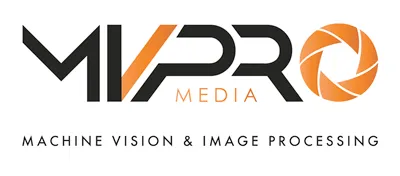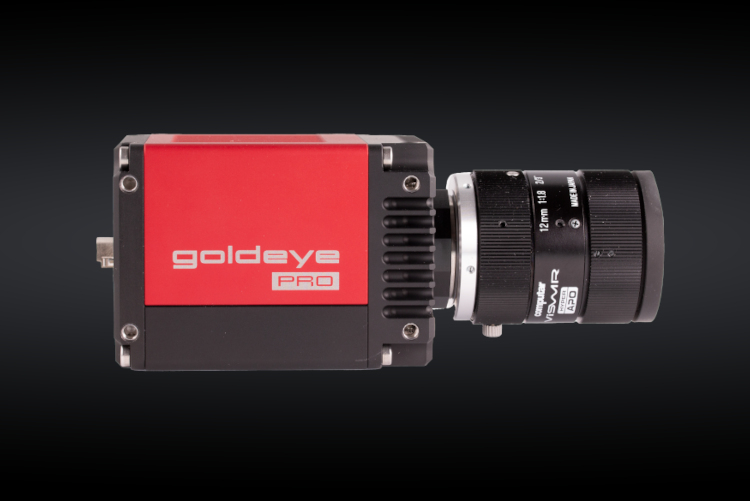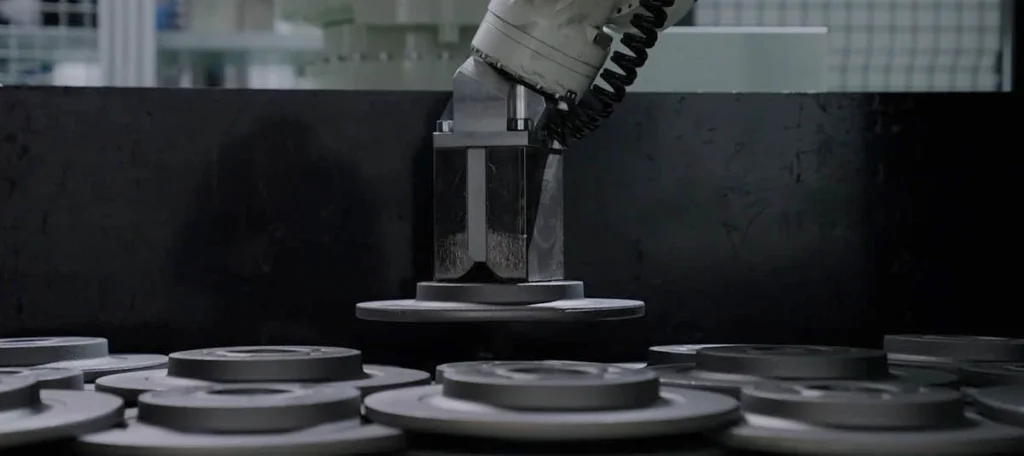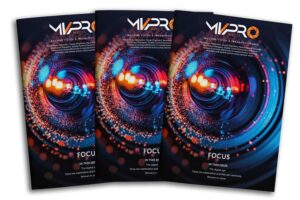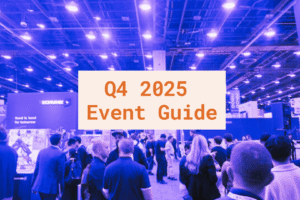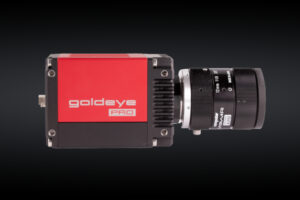In intralogistics, there has been a real hype about robotics for some years now, whether in trade journals or at fairs. Most of them are classic six-axis articulated robots that are looking for their way out of a production environment and into logistics.
The goal: fully automated small parts picking. The main driver here is the labour shortage, the big challenge not a technical component like the robot or the gripper, but the design of an overall economic process. Since robots can only handle a portion of the items in each assortment, there are parallel streams of goods and thus possible risks with regard to the flow of goods, inventories, synchronisation and consolidation.
The “autopick” picking robot from psb intralogistics GmbH in Pirmasens (Germany) meets this challenge. At its core, the fully automated solution for picking individual items consists of a robot with gripper, the IT network for the entire system and a powerful image processing system – equipped with two Ensenso 3D cameras from IDS Imaging Development Systems GmbH.
The vision system acts as the eye of the robot. It detects grippable surfaces on the objects to be processed in the source container and calculates grasping points and collision-free paths for the robot. This enables the robot to pick up unknown products directly from bulk material and place them in the target bin in the area with the lowest filling. Vacuum cups ensure gentle gripping of the respective objects. A previous “teach-in” of the individual products is not necessary.
Regardless of whether it’s a medicine bottle or a tea pack, the multifunctional gripper can be individually designed for a wide variety of articles with the most diverse packaging units. The system learns over time which of the different graps works best for each item. The achievable picking performance for a process-safe system is highly dependent on the characteristics of the gripping objects and ranges between 300 and 500 parts per hour.

Two Ensenso N35 3D cameras provide the system with the necessary image data. All Ensenso 3D cameras work according to the “Projected Texture Stereo Vision” method. The first camera is installed above the source box in order to consider the latter as a collision object in the path planning of the robot arm. Here the unknown parts are presented and the point cloud for searching the appropriate handle point is generated. The second camera is above the target box. It searches for free storage positions. The image acquisition is asynchronous to the movement of the robot in order to optimise the cycle time.
Online trade continues to have strong growth ahead of it. At the same time, the e-commerce sector is becoming increasingly tough. Innovative intralogistics technologies are therefore often necessary to remain competitive. At the same time, hardly any economic sector is currently struggling as much with the lack of suitable young talent as logistics.
The economic benefit of picking robots is therefore so substantial that they will have a permanent place in commissioning in the medium to long term. The underlying solutions with artificial intelligence will learn to master other challenges besides gripping – independently or also collaboratively in cooperation with humans, reliably and precisely. Image processing with 3D cameras, among others, provides the decisive overview and the necessary safety.
You can find more information about IDS Imaging and its Ensenso cameras on its website or contact them directly via telephone: +44 1256 962910.
Stay up to date with the most recent automation, computer vision, machine vision and robotics news on MVPro. Read the best stories every Friday with our newsletter.
